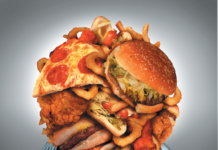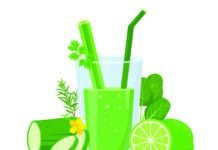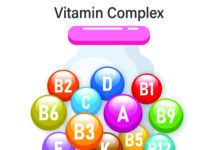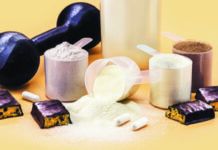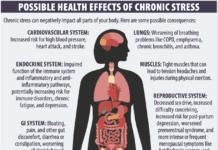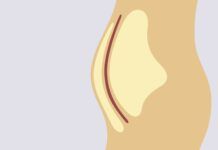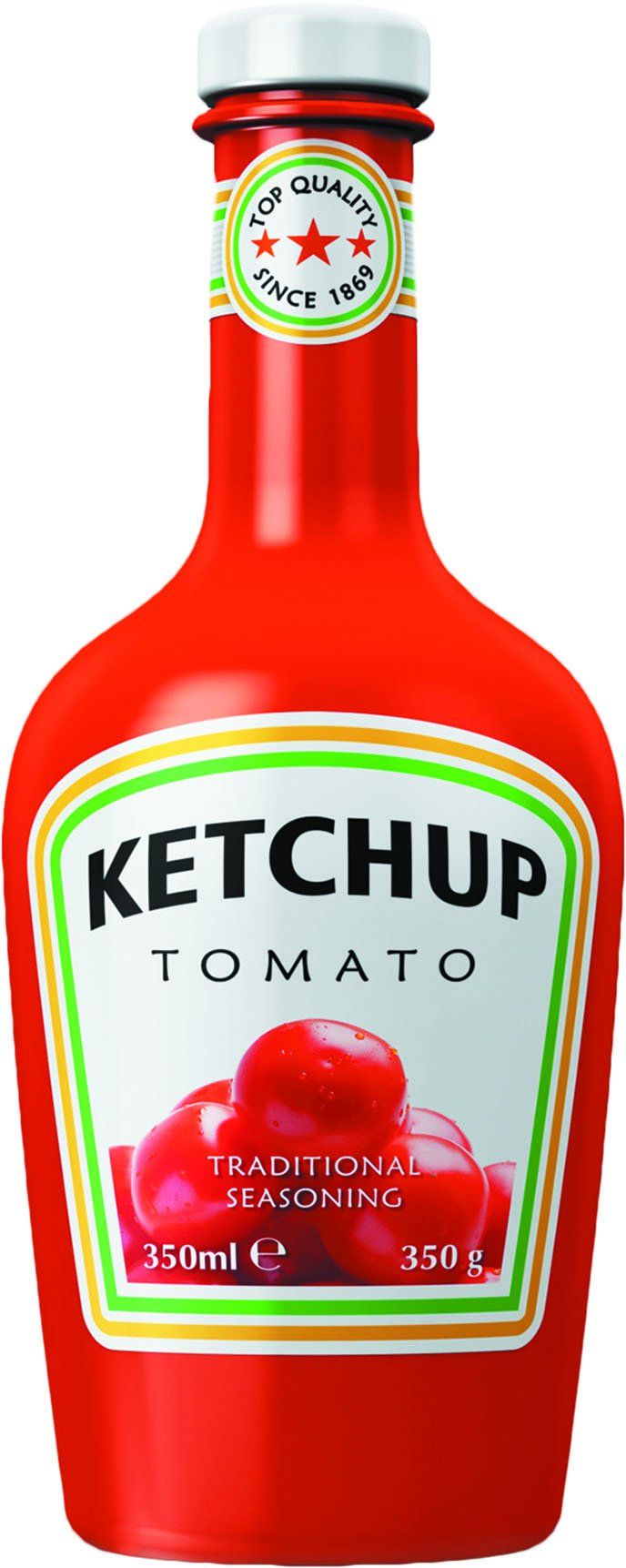Sugar is in the crosshairs of the nation’s nutrition experts, with the Dietary Guidelines Advisory Committee (DGAC) for the first time recommending limiting added sugars to no more than 10% of daily calories. (See the May newsletter for the complete story.) The US Food and Drug Administration, meanwhile, has proposed a separate listing for added sugars in its updated Nutrition Facts panel.
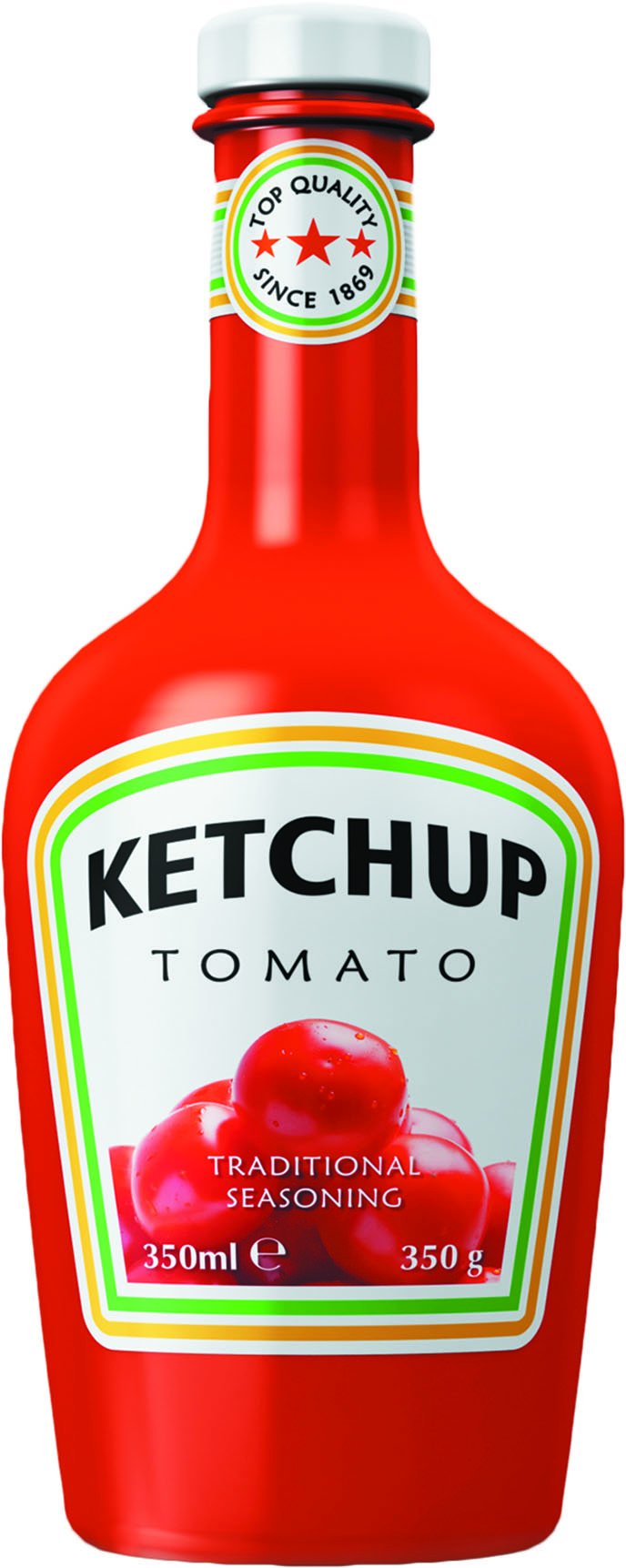
“Unquestionably, there is no benefit from high intakes of added sugar,” says Tufts professor Alice H. Lichtenstein, DSc, who served as vice-chair of the DGAC, “and for most people there are adverse effects.”
All sugars, whether naturally occurring or added, affect the body similarly. But nutrition experts focus on reducing added sugars because—especially in forms such as soft drinks or candy—they don’t come with additional nutrients. Fruits contain a lot of sugar, but also deliver fiber, phytonutrients, vitamins and minerals.
Americans average 475 calories a day from added sugars, or 123 grams—the equivalent of 30 teaspoons of sugar. In a 2,000-calorie daily diet, the recommended maximum 10% of calories from sugar would total just 51 grams of added sugar.
Lichtenstein suggests that cutting back on sugared soft drinks and other caloric sweetened beverages is an obvious way to start reducing your intake, followed by candy and sugar-sweetened baked goods. But an estimated 75% of packaged foods purchased in the US also contain added sugar, including some surprising savory foods ranging from ketchup to baked beans. If you’re looking to take control of what you consume and cut back on your added-sugar intake, keep in mind these less-obvious sources:
Tomato sauces: Tomato sauce and tomato-based pasta sauces may contain more sugar than they do any other ingredient besides tomatoes. The more “ready to serve” a product is, the more likely it is to be laden with sugar, with popular brands containing 10-15 grams per half-cup. (A regular 12-ounce soft drink, for comparison, contains about 40 grams of sugar.) Check the Nutrition Facts panel and ingredients list, and consider cooking your own. Even if you start with canned tomato sauce or paste, you’ll be in charge of what else goes in—like healthy veggies such as onions, garlic and peppers.
Salad dressings: You often get sugar instead of healthy vegetable oils in “reduced-fat” dressings. Such bottled products contain up to 3 grams of sugar per tablespoon—about the same concentration, by weight, as a regular soft drink. Make your own vinaigrettes using heart-healthy unsaturated oils like soybean or canola, getting flavor from spices and vinegar instead of sugar.
Ketchup and barbecue sauces: Would you like some sugar with your burger and fries? A tablespoon of ketchup contains about 3.6 grams of sugar, something to be aware of as you squeeze that bottle. You probably don’t want to make your own ketchup just to save a few grams of sugar, but cooking up your own barbecue sauce might be worth it: Brands vary widely, but many list sugar in some form (such as high-fructose corn syrup) as the second ingredient after tomato puree, totaling up to 8 grams per tablespoon. (And who uses only a tablespoon of barbecue sauce?)
Baked beans: As nutritious as beans are, you’re better off buying them without the 20 grams of sugar per cup found in sweeter canned varieties of baked beans.
Cereals: We’re not talking about the sugar-coated kids’ cereals you’re already steering clear of, but rather the healthy-sounding choices that nonetheless pack a surprising sugar kick. Oat brans, oat and wheat squares, granolas and other fiber-rich cereals typically contain 10-15 grams of sugar per serving. Check the label and make sure the nutrition benefit is worth the sugar.
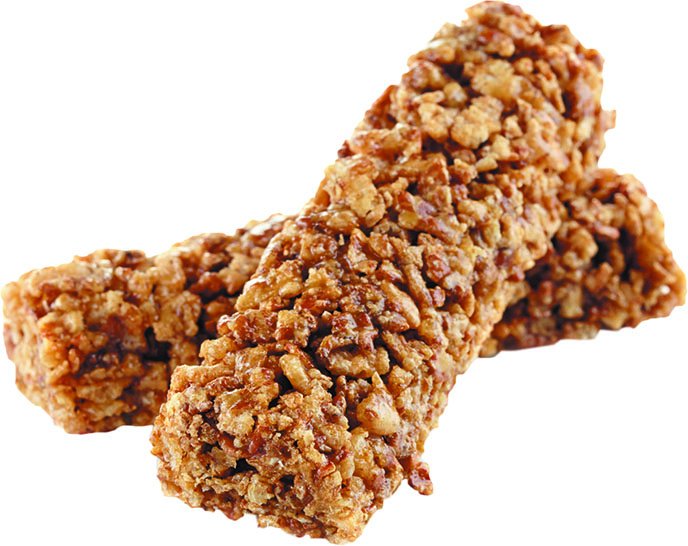
Granola bars: Similarly, granola and “trail mix” bars seem healthy but can really be just crunchy delivery mechanisms for sugar. Chocolate and other coatings can easily bring the total to 20 grams per bar. Check the Nutrition Facts panel, or try making your own using the recipe (12 grams sugar) in this issue’s Special Supplement.
Frozen entres: Desserts aren’t the only thing in the freezer section with sugar. That chicken pot pie has 4 grams per serving, a typical serving of lasagna has 6 grams, and honey-roasted turkey breast might contain 9 grams of sugars.
Cutting back on added sugar is important, Lichtenstein adds, but it’s not a magic prescription for better health any more than the “low-fat” fad was a few years ago; that trend, ironically, led to a proliferation of fat-free foods that were high in sugar. “Rather than trying to isolate a single dietary culprit,” she says, “we should focus on the whole picture. One way to do that is to start preparing more of our own food, choosing our own ingredients and not relying on others to make those choices.”
Just because the ingredient list doesnt say sugar doesnt mean a product contains no added sugar. (Keep in mind that the sugar amount listed on current Nutrition Facts panels includes naturally occurring sugars.) All these ingredient terms indicate added sugar:
Agave nectar
Brown sugar
Cane crystals
Cane sugar
Corn sweetener
Corn syrup
Crystalline fructose
Dextrose
Evaporated cane juice
Fructose
Fruit juice concentrates
Glucose
High-fructose corn syrup
Honey
Invert sugar
Malt syrup
Maltose
Maple syrup
Molasses
Raw sugar
Sucrose

